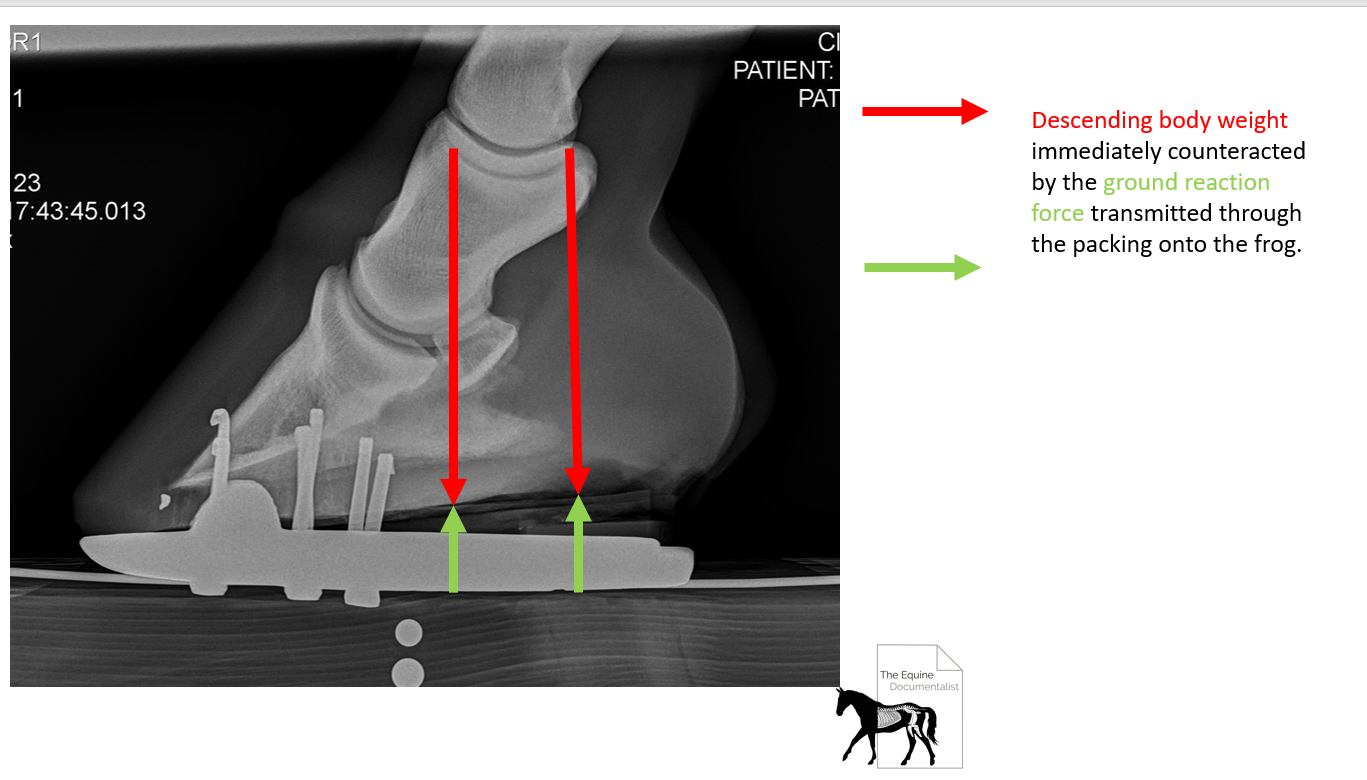

A typical wedge or flag lasts longer than one month but less than three months. Since the data creating the design is typically slanted against the current trend, a descending flag is considered a “bullish” indicator, while a wedge is viewed as a “bearish” predictor. A bullish signal occurs when prices break above the upper trendline. This is because prices edge steadily lower in a converging pattern i.e.

The definition reads that a successful Wedge breakout. The upper line is the resistance line the lower line is the support line.

A descending broadening wedge is confirmed/valid if it has good oscillation between the two upward lines. It is formed by two diverging bullish lines. Unlike the Triangles where the apex is pointed to the right, the apex of this pattern is slanted downwards at an angle. Ideally, the price could have blasted towards 11,679 per a Falling Wedges technical description. A descending broadening wedge is bullish chart pattern (said to be a reversal pattern). A bearish signal occurs when prices break below the lower trendline.Ī Bullish Wedge or Flag consists of two converging trend lines. This is because prices edge steadily higher in a converging pattern i.e. The Descending Wedge is a pattern that forms up when price action has pulled back from a High and consolidates in a declining move. Unlike the Triangles where the apex is pointed to the right, the apex of this pattern is slanted upwards at an angle. The “falling wedge” is often called a “flag” since it more resembles a pointed flag more than a typical triangle.Ī Bearish Wedge, or Flag, consists of two converging trend lines. The wedge need not be upward facing and can easily be an inverted triangle. A wedge in the financial universe describes a triangular shape formed by the intersection of two trendlines, which form the apex.


 0 kommentar(er)
0 kommentar(er)
